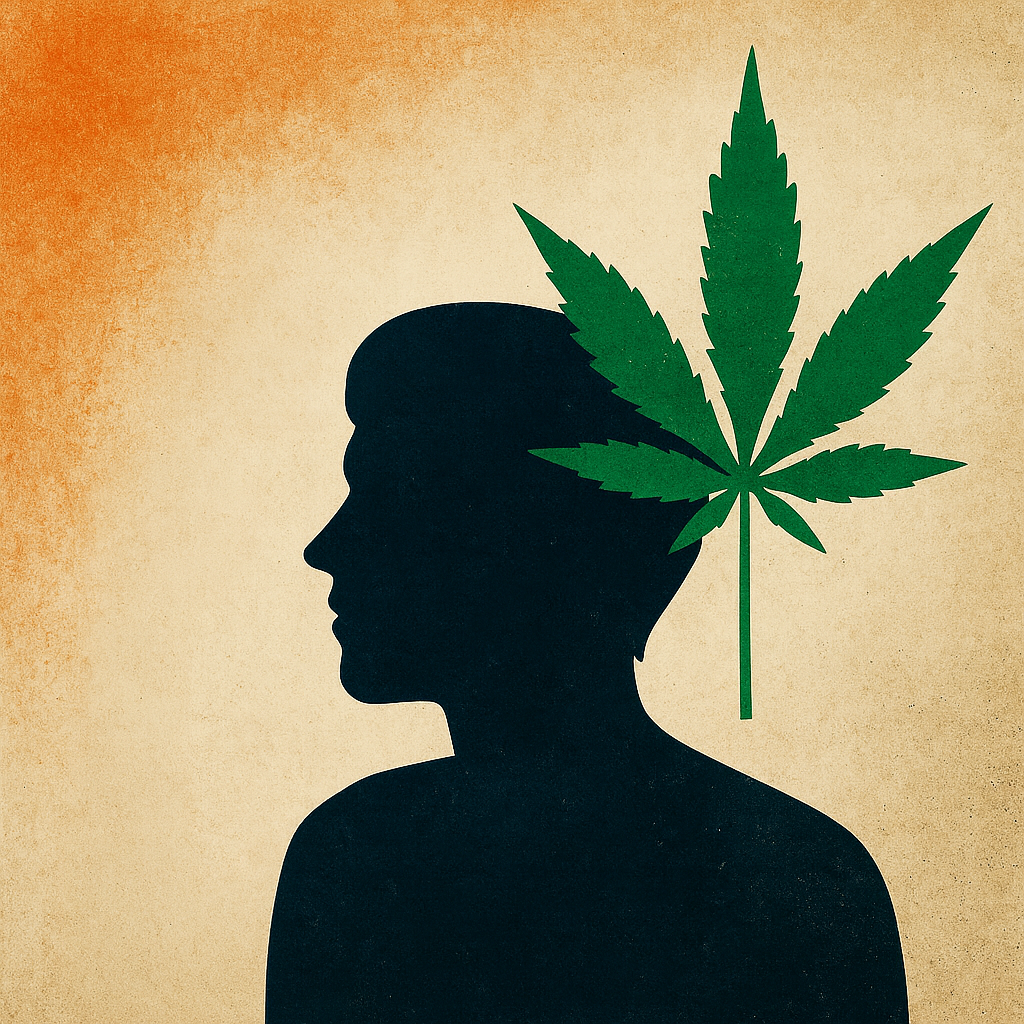High-Potency Cannabis and Young Adults: Study Finds No Automatic Dose Adjustment
Research shows young adults using high-potency cannabis may not reduce dose. Clear labeling and harm-reduction education can improve safer use.
A peer-reviewed study from the RAND Corporation, published in Addiction, has found that young adults who use higher-potency cannabis do not appear to adjust their consumption downward to account for product strength.
The analysis, based on a survey of more than 400 Californians aged 18 to 25, observed that higher reported THC levels were associated with using cannabis more often and in larger amounts.
Rather than interpreting this as a warning of imminent danger, the authors stress that the results point to a need for clear education about potency and dosage—especially for younger consumers who may be newer to cannabis or less familiar with harm-reduction strategies.
Understanding “titration” in cannabis use
In cannabis medicine, “titration” means adjusting the amount consumed—whether measured in puffs, milligrams, or timing between doses—so the user can reach the desired effect while minimizing unwanted side effects. This practice is common in medical contexts, where patients and clinicians work together to find the lowest effective dose.
In some earlier studies, certain adult users appeared to self-titrate when using higher-strength cannabis by consuming less overall. The new study’s results suggest this may not be the case for many in the 18–25 age group.
Study design and key results
The RAND team surveyed participants about their typical cannabis potency, frequency of use, quantity consumed, and symptoms of cannabis use disorder (CUD). Potency was self-reported rather than lab-tested, and the research design was cross-sectional—meaning it can identify patterns but not prove cause and effect.
Participants who reported using higher-THC cannabis also reported more frequent consumption, larger quantities, and higher CUD scores. Importantly, the researchers noted that these associations do not prove that higher potency directly causes heavier use—it could also be that heavier users choose stronger products.
Expert perspectives
Lead author Dr. Michael Dunbar emphasized that the results should not be misread as a call for prohibition. “We’re not saying high-potency cannabis is inherently unsafe for all users,” he explained. “The point is that young adults may not naturally reduce their dose when products are stronger, which could increase the likelihood of certain negative outcomes.”
Independent experts point out that older adults and medical patients may titrate more consistently, particularly when dosing is planned with medical guidance. This suggests that education and self-awareness are key factors in moderating use.
Limitations to consider
The authors acknowledge several limitations:
Potency was estimated by participants, which may be inaccurate.
The survey was limited to California and may not reflect trends in other states.
Self-reported data is subject to recall bias and social desirability effects.
These factors mean the results should be interpreted as a snapshot of one group, not a definitive rule for all cannabis consumers.
Implications for Arizona and harm reduction
In Arizona, state law requires potency labeling for all cannabis products and limits edibles to 10 milligrams of THC per serving and 100 milligrams per package. While there is no potency cap for flower, the labeling requirements allow consumers to make informed decisions if they know how to interpret the information.
For young or inexperienced consumers, harm-reduction strategies include:
Starting with lower-potency products and gradually increasing only if needed.
Waiting at least two hours before taking more edibles.
Using a consistent delivery method to track and understand dose.
Pairing THC with CBD when appropriate, as some evidence suggests it may help moderate certain effects.
The Marijuana Doctor’s role in patient guidance
The Marijuana Doctor works with patients to develop personalized dosing plans based on medical needs, tolerance, and desired outcomes. In clinical consultations, we help patients interpret potency labels, understand differences between THC and THCA, and track their responses to different strengths. This approach can help prevent unintentional overconsumption, especially for those trying high-potency cannabis for the first time
***
Marijuana Doctor is your premier destination for seamless medical marijuana licensing. Our compassionate team guides you with expertise, ensuring a smooth process. Discover the therapeutic benefits in a supportive environment that prioritizes your well-being.
Join a community championing alternative healing methods for a healthier life. Choose Marijuana Doctor for personalized, patient-centered care, and step into a revitalized future.
Follow us on Instagram!

